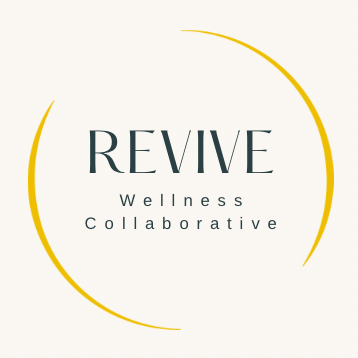Somatic Therapy FAQs
If you have additional questions and would like to talk with our provider to see if Somatic Experiencing in therapy would be a fit for you, you can set up a free 15 minute consult appointment with Tonya Toutge, MA, LMFT, SEP by clicking here.
Select Request Intro Call > Select Initial Consultation > Select Telehealth or Office > Then choose an appointment time that works for you.
What does "somatic" mean?
The Greek word soma is defined as ‘the body experienced from within’ and the word “somatic” means ‘of and with the body.’
What can I expect in a therapy session that uses SE?
It will mostly look and feel like how you probably imagine talk therapy sessions. However, over the first few sessions your provider will teach you how to orient to the activation and settling sensations in your nervous system and throughout your body. Establishing these initial conditions is a new skill and it might be challenging at first, but gets easier with practice. As sessions progress your provider may ask you to slow down or pause to attune to the felt sense of what you are sharing, this is the important work of experiencing your story somatically.
How does Somatic Experiencing specifically address trauma?
As an SE client you learn to track both activation and settling in your nervous system. This is the “felt sense” of your experiences, both past and present. Learning to track the physiological sensations can help you to identify more control over how you respond to these sensations, but it can also allow stored energy from traumatic experiences to move through and out of the body. Both of these benefits can assist you to expand your capacity to cope better with past traumas, but also to have more resilience in meeting current challenges.
How does somatic work come into play in mental health talk therapy?
The addition of somatic work to talk therapy is an effort to move away from the dualistic splitting of mind from body, towards a model of integrated functioning of the whole person, psyche and soma. However, this work is not new, it has roots that go back to the mid-1800s.
Are there other practices in our culture like this that I might be familiar with?
Yes! Somatic work shares common origins with ancient healing, yoga, meditation, and shamanic practices from every part of the world. What they all have in common is the experience of the embodied self, or the integrated body-mind, as being important to the process of healing.
What if sharing traumatic experiences is hard for me to talk about?
First, it’s really understandable that you wouldn’t want to talk about some of the most traumatic parts of your story. That can be overwhelming, and SE is about going slow and NOT overwhelming your nervous system. What is interesting about Somatic Experiencing is that you don’t have to speak the most difficult parts out loud if that’s too much. You can merely think about them, in the supportive environment of therapy, and track the felt sense of those experiences in your nervous system responses that unfold as you revisit those memories.
Is therapy more intense using SE?
SE works within the client’s current range of resiliency, but also works toward expanding resiliency, in order to facilitate healing and recovery. Instead of pushing through “resistance” or promoting emotional catharsis or painful discomfort, SE works “around the edges” of what is tolerable to increase capacity and slowly heal more and more.
What if I don’t have a lot of memories about my trauma experiences?
That’s okay. SE works in the here and now, and focuses on the sensations, body memories and resources occurring in the present. In SE we work predominantly with the “felt sense,” accessing physical sensations, imagery and motor patterns…your body tells the story…with less emphasis on cognitive (thinking) and emotional processes. Of course, because your therapist is trained in psychotherapy as well as Somatic Experiencing we can use all of it!
What does my provider like best about using this unique approach in therapy?
Somatic Experiencing is slow and gentle, it is not pathologizing of symptoms, and most clients gradually notice a reduction in symptoms. Expanding a person’s tolerance of their bodily sensations helps them to trust in the innate wisdom of the body and begins to uncouple, or separate out, the fear, anxiety, stress, etc. experienced during a distressing event.
Are there books or other resources you would point me to if I want to look into this method further?
Yes! Somatic Experiencing International is where you can find a good overview and even watch some videos.
The books Waking the Tiger: Healing Trauma and Trauma and Memory: Brain and Body in A Search for the Living Past were both written by Dr. Peter Levine, the originator of the Somatic Experiencing method. They are a good introduction as well.
